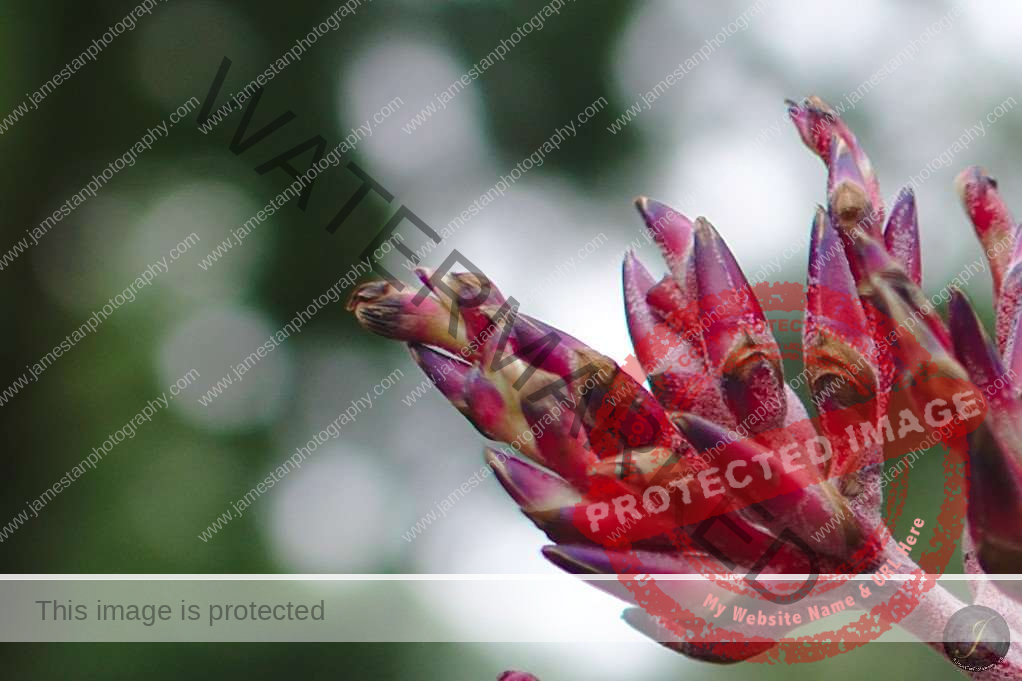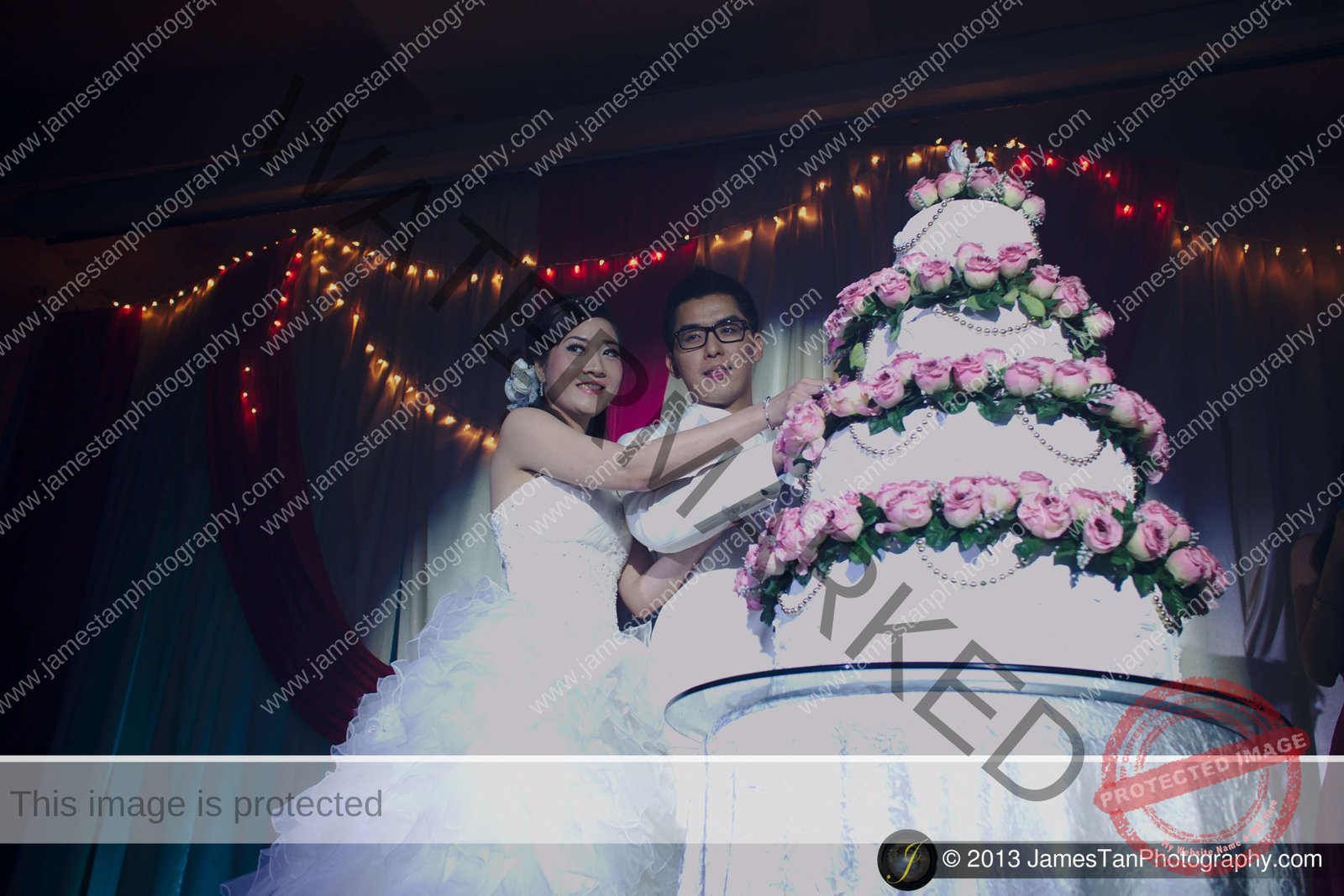Shooting Techniques
Explore creative and technical photography tips to elevate your skills. Learn about composition, lighting, posing, and camera settings that bring your vision to life — perfect for beginners and seasoned photographers alike.

5 Tips to Get Bokeh
Last Updated On
Are you struggling to produce those creamy smooth Bokeh in your photos? Let’s check out some simple tips to help you in the Bokeh!

Tips For Shooting in Aquarium
Last Updated On
Are you visiting an aquarium soon? Do you want to take back some fantastic photos and show them off to your family and friends? Let’s check out some tips here!

Tips for Shooting at the Wedding Banquet
Last Updated On
Do you ever take photos at any wedding banquet you attended? How could you get better shots next time? Let’s check out some tips now!



